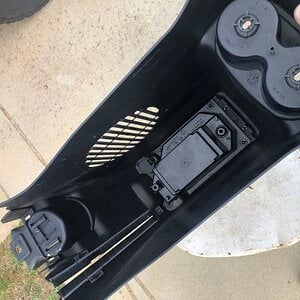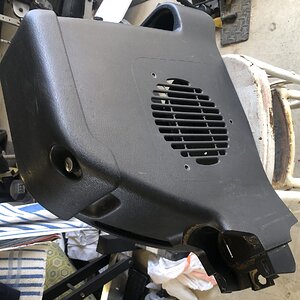Sguirrelfeather
Senior VIP Member
Yes, I've done a lot of research, used the search functions (which isn't working again dammit), etc. I know about T/S parameters (not enough yet, though), mass of the cone, motor force, and so on. I do get how they work together a little bit, but not enough to truly understand. Is there a primer on this which will help me figure these things out which you can point me to?
If it helps understand what I'm looking for, read on... I was trying to explain to my friend how his sub, though rated for more watts than mine, would most likely not be able to get as loud because of its specific measurements. We got into the easy part of how his 12 has less surface area than my 15, and how his xmax of 1 inch or so was less than my 2 inches or so. (not real numbers. I just don't remember the exact amounts) When we began getting into motor force and how just because a magnet is stronger doesn't mean it's a better sub, how more wattage doesn't mean a thing without the ability to utilize that wattage, and so on, that I began to realize I need to learn more.
So, can someone help me out with a website or four? lol I'd really like to be able to wrap my head around this and get a good grasp finally. Thanks!
If it helps understand what I'm looking for, read on... I was trying to explain to my friend how his sub, though rated for more watts than mine, would most likely not be able to get as loud because of its specific measurements. We got into the easy part of how his 12 has less surface area than my 15, and how his xmax of 1 inch or so was less than my 2 inches or so. (not real numbers. I just don't remember the exact amounts) When we began getting into motor force and how just because a magnet is stronger doesn't mean it's a better sub, how more wattage doesn't mean a thing without the ability to utilize that wattage, and so on, that I began to realize I need to learn more.
So, can someone help me out with a website or four? lol I'd really like to be able to wrap my head around this and get a good grasp finally. Thanks!


